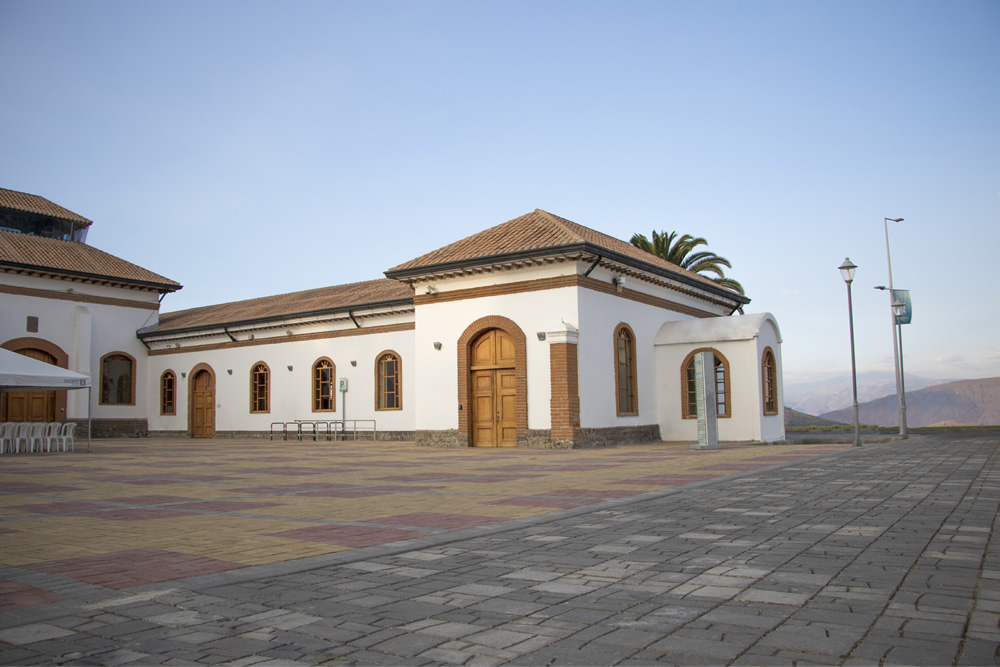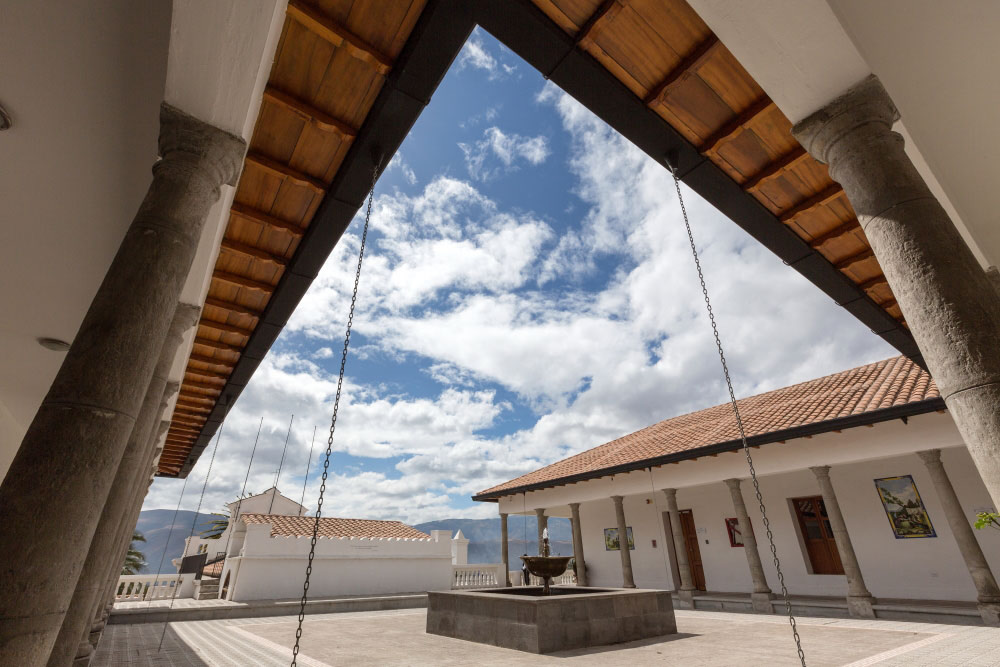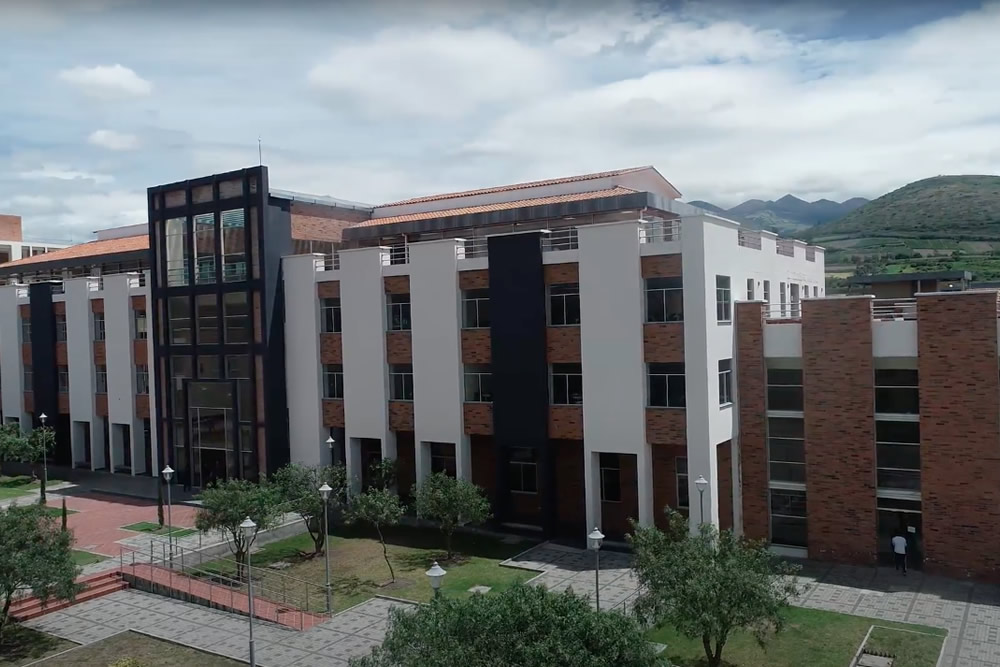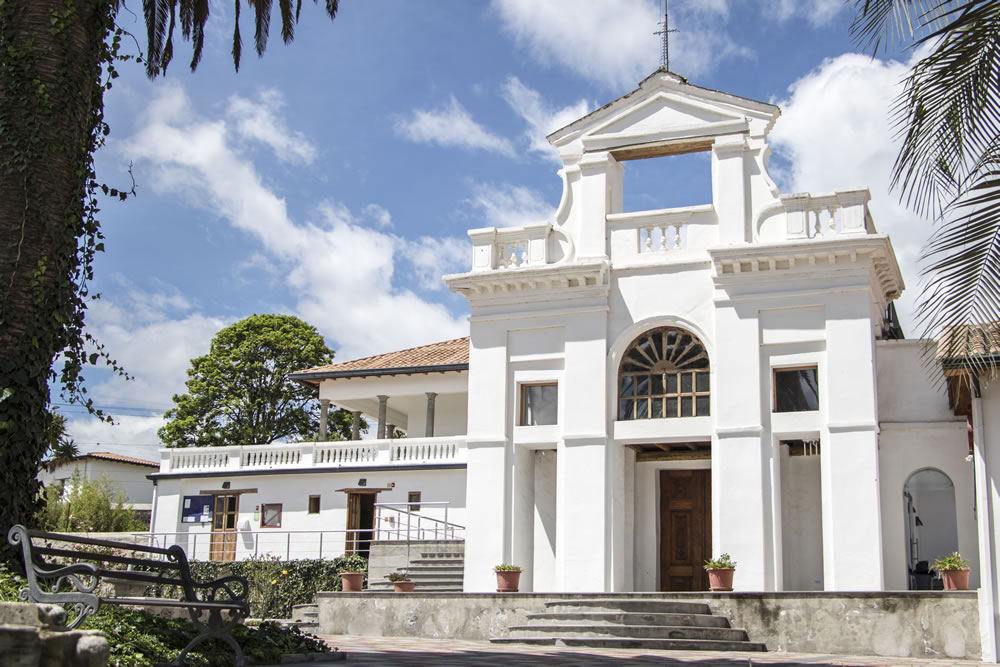Coccolithophores :
Coccolithophores : from molecular processes to global impact /
Hans R. Thierstein, Jeremy R. Young, (eds.).
- First Edition
- xiii, 565 pages : illustrations, maps ; 24 cm.
Includes bibliographical references.
What is new in coccolithophore biology? -- Calcification in coccolithophores: A cellular perspective -- Pigment diversity of coccolithophores in relation to taxonomy, phylogeny and ecological preferences -- Emiliania huxleyi: bloom observations and the conditions that induce them -- Coccolithophores and the biological pump: responses to environmental changes -- Dimethyl sulfide production: what is the contribution of the coccolithophores? -- Re-evaluation of the physiological ecology of coccolithophores -- Structure and morphogenesis of the coccoliths of the CODENET species -- The Laboratory Culture of Coccolithophores -- A review of the phylogeny of the Haptophyta -- Super-Species in the calcareous plankton -- Coccolithophorid biodiversity: evidence from the cosmopolitan species Calcidiscus leptoporus -- Species level variation in coccolithophores -- Coccolith contribution to South Atlantic carbonate sedimentation -- Biogeography of selected Holocene coccoliths in the Atlantic Ocean -- Why is the Land Green and the Ocean Red? -- Plankton community behavior on ecological and evolutionary time-scales: when models confront evidence -- Calcareous nannoplankton evolution and diversity through time -- Carbonate fluxes and calcareous nannoplankton -- Coccolithophorid-based geochemical paleoproxies.
In the past few years rapid progress has been made regarding our understanding of one of the dominant phytoplankton groups of the world's oceans: the coccolithophores. Among other initiatives, the EU-funded TMR network CODENET (Coccolithophores Evolutionary Biodiversity and Ecology Network) has provided new results and insights.
3540219285
2004106675
Coccolithophores--Congresses.
Cocolitoforos--Congresos
QK569.C63 / C65 2004
579.86
Includes bibliographical references.
What is new in coccolithophore biology? -- Calcification in coccolithophores: A cellular perspective -- Pigment diversity of coccolithophores in relation to taxonomy, phylogeny and ecological preferences -- Emiliania huxleyi: bloom observations and the conditions that induce them -- Coccolithophores and the biological pump: responses to environmental changes -- Dimethyl sulfide production: what is the contribution of the coccolithophores? -- Re-evaluation of the physiological ecology of coccolithophores -- Structure and morphogenesis of the coccoliths of the CODENET species -- The Laboratory Culture of Coccolithophores -- A review of the phylogeny of the Haptophyta -- Super-Species in the calcareous plankton -- Coccolithophorid biodiversity: evidence from the cosmopolitan species Calcidiscus leptoporus -- Species level variation in coccolithophores -- Coccolith contribution to South Atlantic carbonate sedimentation -- Biogeography of selected Holocene coccoliths in the Atlantic Ocean -- Why is the Land Green and the Ocean Red? -- Plankton community behavior on ecological and evolutionary time-scales: when models confront evidence -- Calcareous nannoplankton evolution and diversity through time -- Carbonate fluxes and calcareous nannoplankton -- Coccolithophorid-based geochemical paleoproxies.
In the past few years rapid progress has been made regarding our understanding of one of the dominant phytoplankton groups of the world's oceans: the coccolithophores. Among other initiatives, the EU-funded TMR network CODENET (Coccolithophores Evolutionary Biodiversity and Ecology Network) has provided new results and insights.
3540219285
2004106675
Coccolithophores--Congresses.
Cocolitoforos--Congresos
QK569.C63 / C65 2004
579.86



